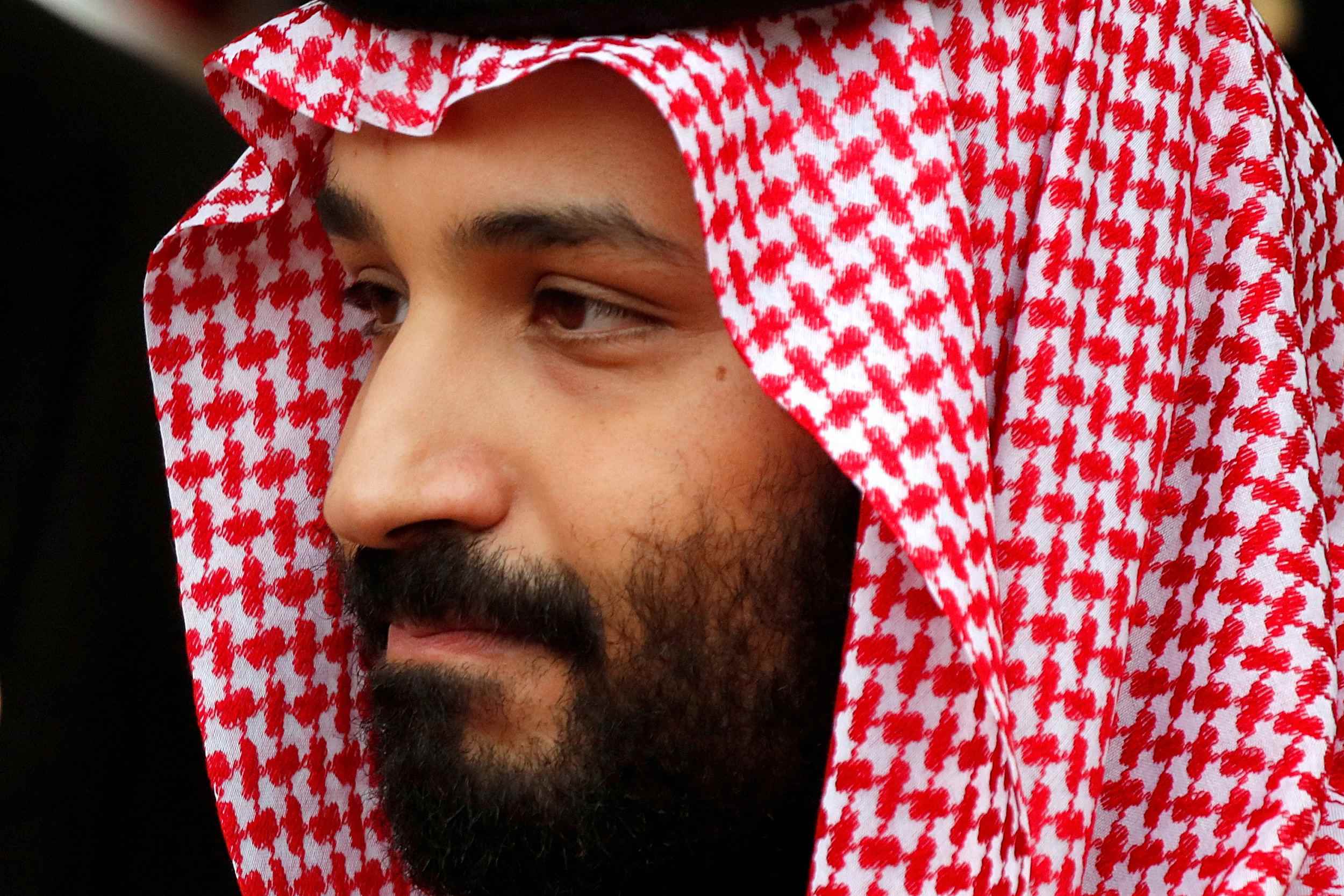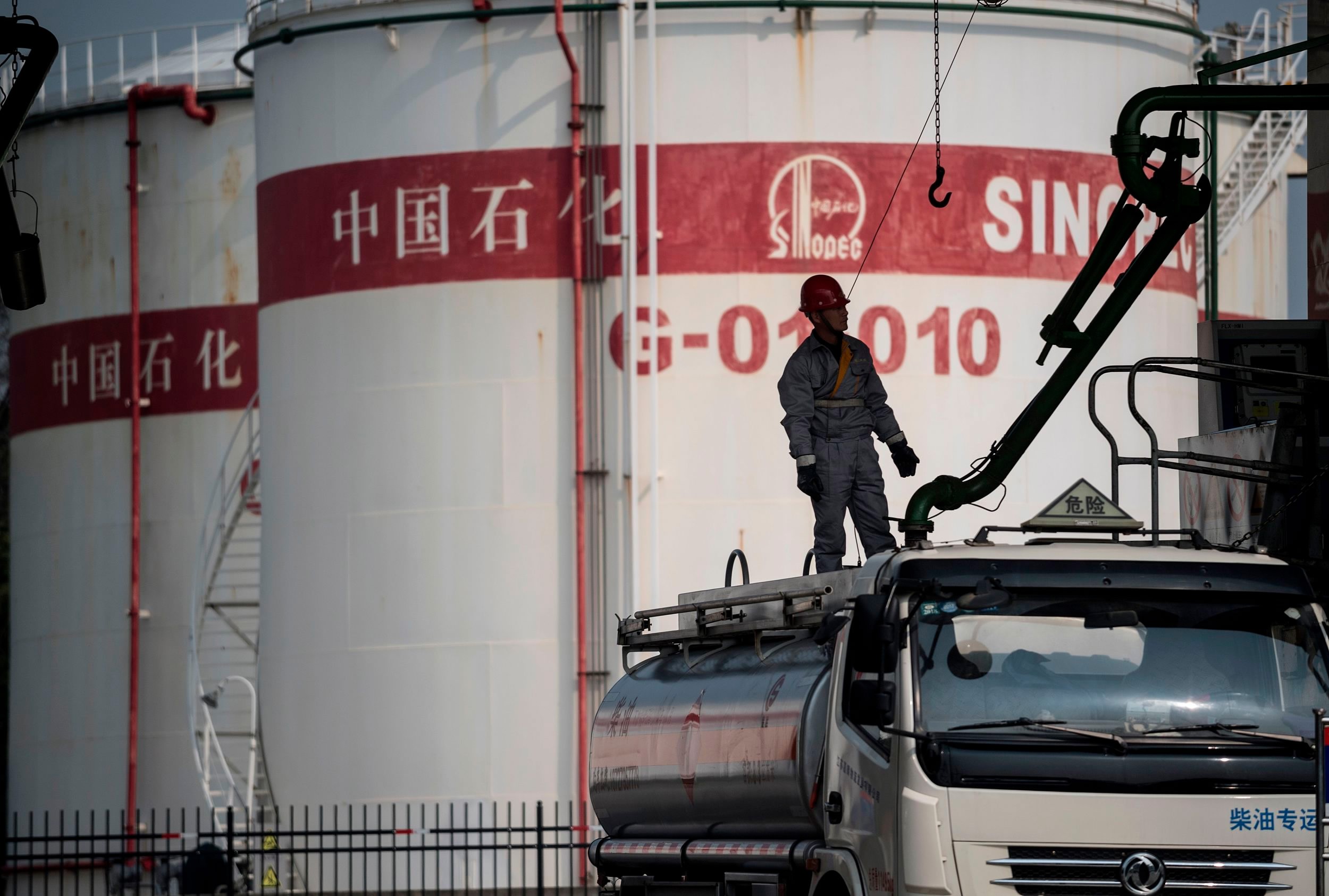
Business
11:23, 20-Apr-2018
Oil prices hit new high over trade, Middle East tensions
Nicholas Moore

Oil prices are at their highest level since 2014, as markets react to ongoing uncertainties over global trade, and the threat of an escalation of tensions in Syria and the Middle East.
Brent Crude hit 74.74 US dollars per barrel on Thursday, a peak that hasn’t been seen since November 2014. At that point three and a half years ago, the Organization of the Petroleum Exporting Countries (OPEC) agreed to boost production, eventually sending prices down to around 27 US dollars per barrel.
Markets have been shaken since last weekend’s missile strikes on Syria by the US, France and the UK.
Meanwhile, this week has seen US oil inventories surprisingly drop, further pushing up prices.
Reuters reported on Wednesday that leading oil producer Saudi Arabia would be happy to see oil prices climb as high as 100 US dollars per barrel, with one eye on raising the price of its expected public listing of Aramco, the state oil producer.
Saudi Arabia is also in the midst of carrying out costly economic reforms, with its Vision 2030 development project likely to cost hundreds of billions of dollars. While the reform is designed to move Saudi Arabia’s economy away from a reliance on oil, higher oil prices will help pay for Vision 2030.

Saudi Crown Prince Mohammad bin Salman's Vision 2030 plan includes a proposed 500 billion US dollar city and economic zone in the country's northwest. /VCG Photo
Saudi Crown Prince Mohammad bin Salman's Vision 2030 plan includes a proposed 500 billion US dollar city and economic zone in the country's northwest. /VCG Photo
The threat of US tariffs on trade with China and other countries, as well as further US sanctions on Russia, have also seen huge price fluctuations in other commodities. Nickel – a key component in rechargeable battery technology – saw its price rise 7.5 and 9.3 percent on Wednesday and Thursday respectively.
Russia is one of the world’s biggest producers of nickel, as well as aluminum, prices of which have grown by 32 percent in April alone.
Oil prices could be pushed up further in the next few months if US President Donald Trump decides to re-impose tariffs on Iran – the world’s third biggest oil producer. Trump is set to make a decision on Iran by May 12, the timing of which is just over a month before an OPEC meeting on June 20 to discuss plans for oil production going into 2019.
Significant slowdowns in production in Venezuela and Libya are also likely to keep prices high.
However, the International Monetary Fund (IMF) has a different take on the direction of oil prices. The IMF’s World Economic Outlook – released earlier this week – suggested oil prices would drop over the next five years to around 53 US dollars per barrel in 2023, because of slowing global economic growth.

China overtook the US as the world's largest importer of crude oil in 2017. /VCG Photo
China overtook the US as the world's largest importer of crude oil in 2017. /VCG Photo
China became the world’s biggest importer of crude oil in 2017, and launched yuan-denominated oil futures in March – a move aimed at boosting the international use of the Chinese currency, as well as giving producers and buyers greater security ahead of further expected volatility in energy markets in the coming years.

SITEMAP
Copyright © 2018 CGTN. Beijing ICP prepared NO.16065310-3
Copyright © 2018 CGTN. Beijing ICP prepared NO.16065310-3